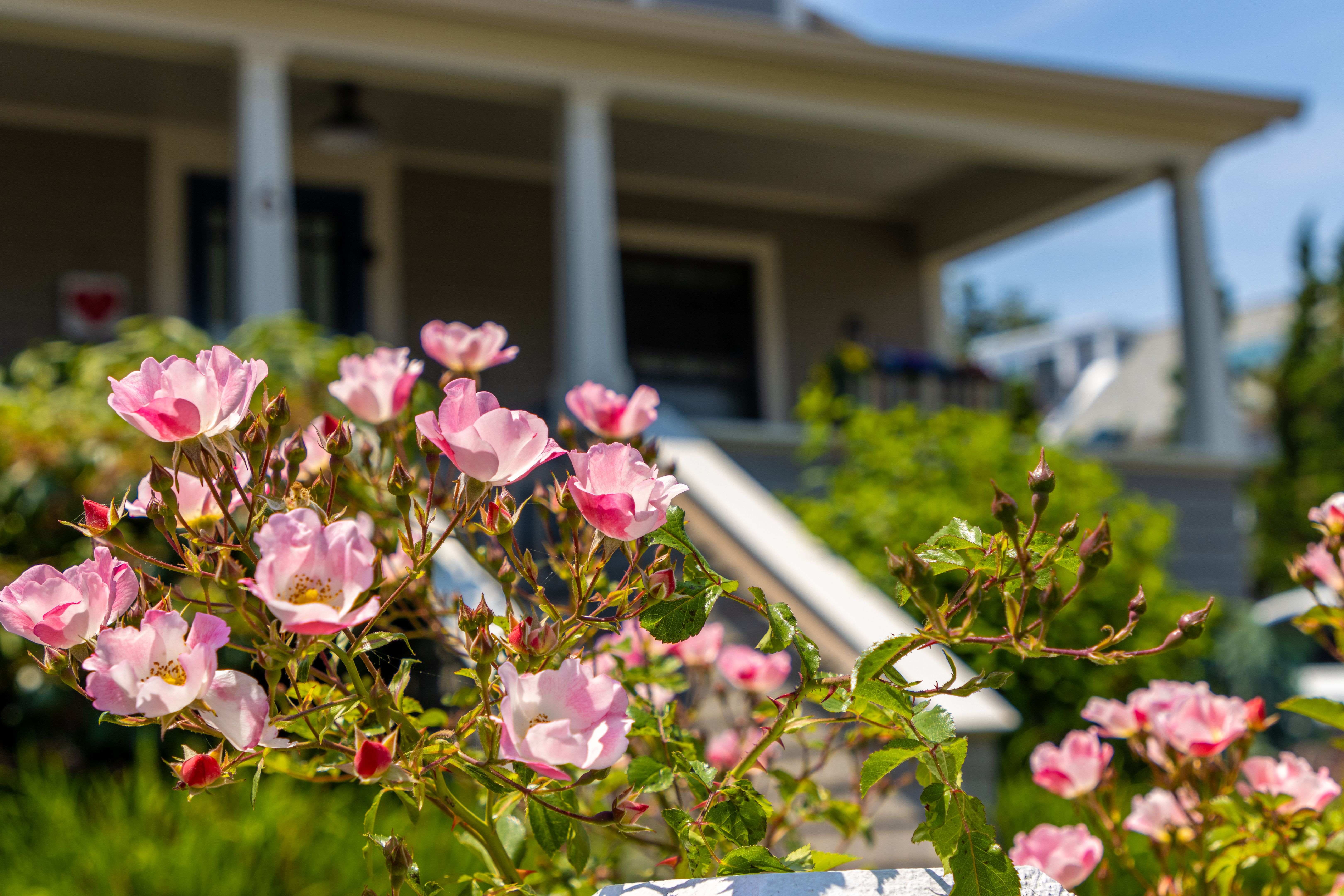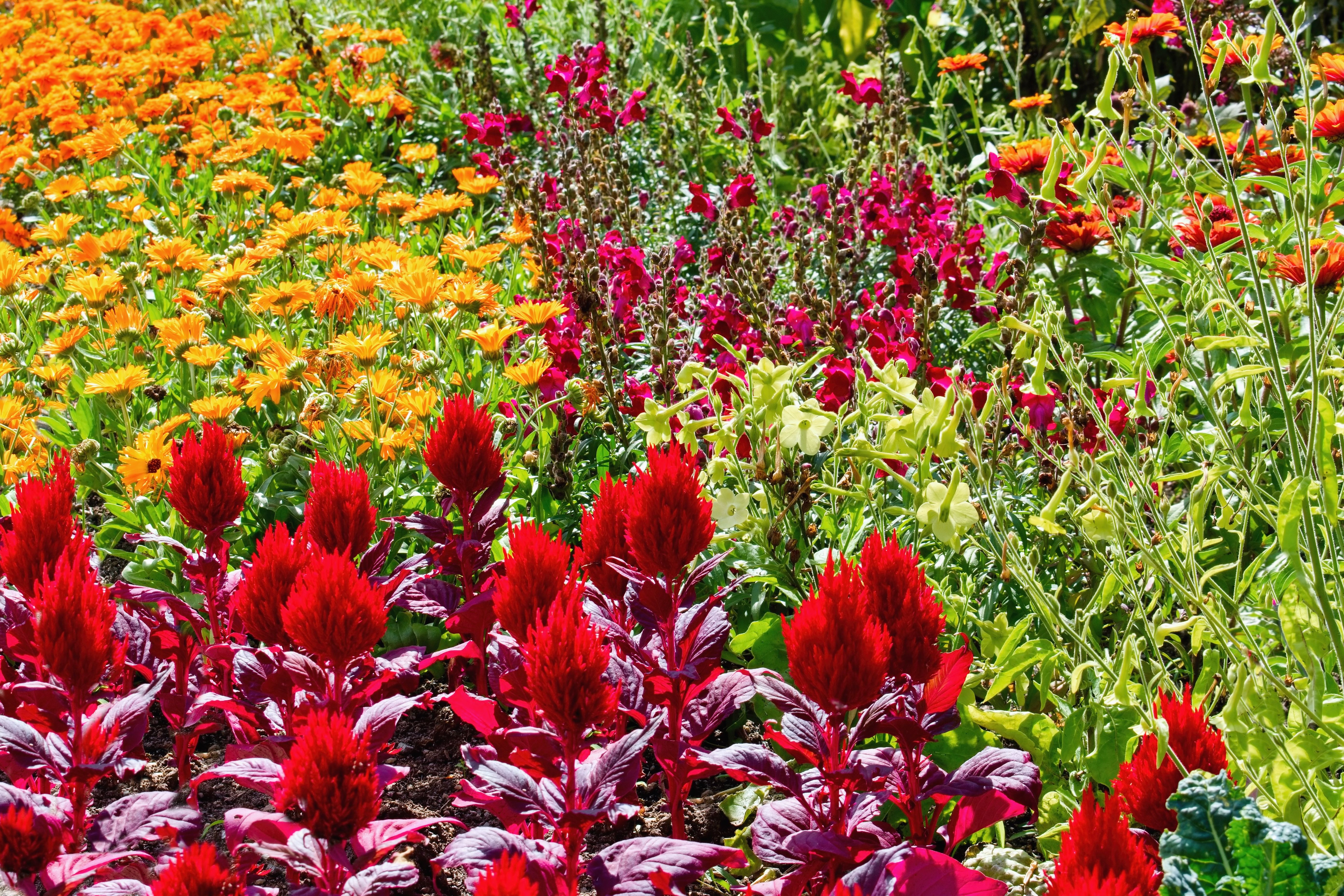Perennial vs. Annual Flowers: Which is Right for Your Garden?
Understanding the Basics: Perennial vs. Annual Flowers
When planning your garden, one of the first decisions you'll need to make is whether to plant perennials or annuals. Each type offers unique benefits, and the choice ultimately depends on your gardening goals and the amount of time you're willing to dedicate to maintaining your garden. Understanding the fundamental differences between perennials and annuals will help you make an informed decision.

Perennial flowers are plants that live for more than two years. They typically bloom during the spring and summer months, die back in the fall and winter, and then return in the spring. This cycle repeats year after year, making perennials a long-term investment for any garden.
In contrast, annual flowers complete their life cycle in just one growing season. They germinate, bloom, produce seeds, and die within a single year. While this means you'll need to replant them each year, annuals can offer vibrant colors and blooms throughout their growing season.
Benefits of Planting Perennials
Perennials are often favored by gardeners looking for low-maintenance options. Here are some advantages of incorporating perennials into your garden:
- Longevity: Once established, perennials return year after year, reducing the need for frequent replanting.
- Cost-effective: Despite a higher initial cost, perennials can be more economical in the long run.
- Diverse varieties: From ground covers to tall flowering plants, perennials come in a wide range of shapes and sizes.

However, it's important to note that perennials often take a couple of years to reach their full potential. Patience is key when waiting for these plants to mature and fill out your garden space.
The Appeal of Annual Flowers
Annuals are perfect for gardeners who love experimenting with different colors and designs every year. Their benefits include:
- Vibrant blooms: Annuals tend to offer more colorful and abundant blooms than perennials.
- Flexibility: Since they must be replanted each year, annuals provide an opportunity to change your garden's look annually.
- Quick results: Many annuals grow quickly, allowing you to enjoy a full garden in just a few weeks.

The downside is that annuals require more ongoing care, including regular watering and fertilization, as they are not as self-sustaining as perennials.
Choosing the Right Balance for Your Garden
The best approach for many gardeners is to combine both perennials and annuals. This blend allows you to enjoy the reliability of perennials while still experimenting with the vibrant colors of annuals. Consider your local climate, as well as the sunlight and soil conditions of your garden, when making your selection.
If you're new to gardening or prefer a low-maintenance approach, start with a foundation of perennials and add annuals in pots or specific sections for a splash of color. This strategy offers the best of both worlds, ensuring your garden remains lively and ever-changing throughout the seasons.
Ultimately, whether you choose perennials or annuals depends on your personal preferences and gardening goals. By understanding the characteristics and benefits of each type, you'll be well-equipped to create a stunning garden that reflects your unique style.
|
|
